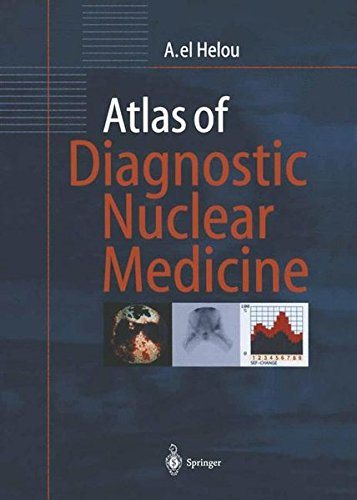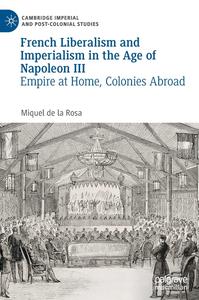New Materials Preparation, Properties and Applications in the Aspect of Nanotechnology

Free Download New Materials : Preparation, Properties and Applications in the Aspect of Nanotechnology
by Kirill L. Levine and Andrey G. Syrkov
English | 2020 | ISBN: 1536170909 | 266 Pages | True PDF | 7.5 MB
This book covers a wide field of theoretical and experimental investigations of organic and inorganic systems: preparation methods, functional properties characterization and modification and practical applications.
The first section includes studies in carbon structures of reduced dimensionality. Covered topics are: thermodynamic modeling of the behavior of fullerenes at heating in Argon, studying carbon nanotubes by X-ray diffraction, modelling of oscillating systems by cognitive digital systems.
The number of chapters describes the structural investigations of a wide variety of materials such as different sorts of steel in grained modification for mining equipment, elements of rock-breaking, crushing and grinding equipment; degradation of dielectrics, including nanostructured dielectrics, by migratory polarization.
Quantum chemical calculations were traditionally of a special interest of modelling nanostructured nuclei’s. This method was applied to study titanium and vanadium nanocoating’s formation from gas phase and to study quaternary ammonium compounds for modification of metal surfaces. Quantum-chemical calculations in bio-medical aspect made possible visualization ischemia-reperfusion injury using indocyanine green.
The final paper in the section contains a scientific essay, where peculiarities of quantum mechanics are traversed through findings of nanotechnology.
Section 2 includes the chapters related to preparation methods for the materials containing various components.
It is opened by research of nanoporous alumina, which is a promising material for printed circuit boards. Heat flow distribution was found to possess some interesting features.
Physical properties of electrochemically grown metallic filaments studied by electron microscopy anddiversity from dendritic to fractal structure was described.
Fractal thematic was also addressed with simulation of breakdown in plasma channel.
Section 3 is focused on the possibility of using new nanomaterials of different composition and design as powders for corundum ceramics, perfluorsulfonic membranes, refining noble methods from ultrafine valuable components, metals regeneration from oxide, and surface nanostructuring laser mechanisms.
DONWLOAD FROM RAPIDGATOR
3spgq.zip.html
DOWNLOAD FROM NITROFLARE
3spgq.zip
DONWLOAD FROM UPLOADGIG
3spgq.zip
Fikper
3spgq.zip.html



